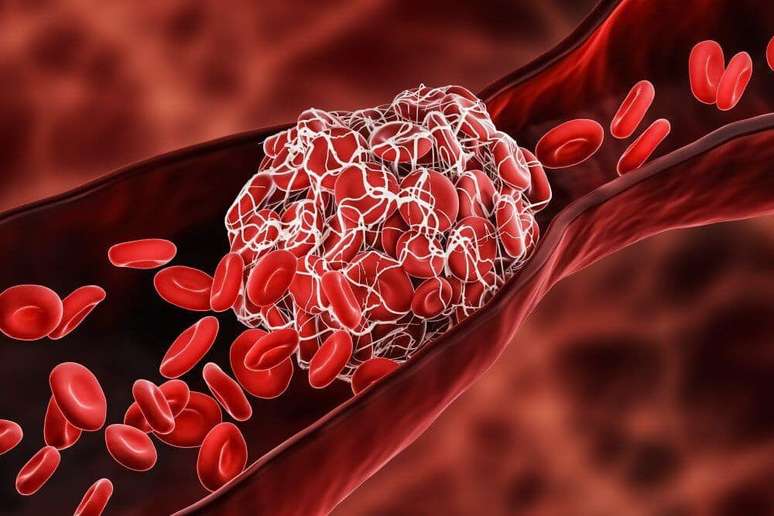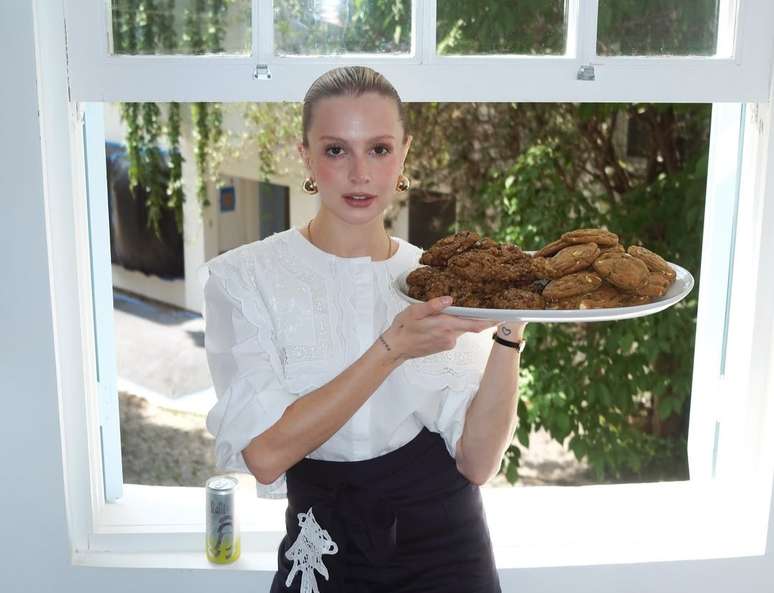Weather conditions can have a direct impact on vascular health, especially in people more prone to developing thrombosis
Summary
The dry climate in Brazil increases the risk of thrombosis and other vascular problems, especially for at-risk groups such as pregnant women, the elderly and sedentary people.
In recent months, Brazil has faced one of the driest seasons in recent years, raising concerns not only about respiratory health, but also about vascular health.
“Dry weather can have a direct impact on our circulatory system, increasing the risk of problems such as thrombosis. This condition is characterized by the formation of blood clots in the veins or arteries, which can block circulation and cause serious complications, such as pulmonary embolism, when the clot reaches the lungs, or stroke, if it affects the brain,” says the Aline Lamaitamember of the Brazilian Society of Angiology and Vascular Surgery (SBACV).
“During periods of dry weather and low humidity, the body loses more water than normal, which can lead to dehydration, which in turn increases the viscosity of the blood, meaning it becomes thicker and more likely to form clots,” she adds. “Additionally, dehydration also affects the elasticity of blood vessels, making proper circulation even more difficult.”
Risk groups
According to Aline, people who already have a predisposition to vascular problems, such as those suffering from varicose veins, patients recovering from surgery, pregnant women, the elderly, and people who spend long periods of time sitting (when flying or working in an office), need to be especially careful while working.
“These groups are more vulnerable to developing deep vein thrombosis (DVT), which mainly affects the lower limbs.”
While these groups are more likely to have weather-related complications, he stresses that being aware of the signs is recommended for everyone, even without a history of vascular problems. “In all cases, the population is advised to pay attention to the signs of thrombosis, such as: pain, swelling, redness and increased temperature in the legs. In more severe cases, sudden shortness of breath can indicate complications such as pulmonary embolism.”
Physical activity
Another point that contributes to the increase in circulatory problems during periods of drier climates is the reduction in physical exercise.
“On days with high temperatures, people tend to move less and spend more time indoors, contributing to a sedentary lifestyle, a factor that favors blood stasis (reduction in blood flow), another element that can lead to the formation of clots”, adds Aline.
“On the other hand, athletes and sportspeople tend to do excessive physical activity without considering the weather conditions, which can cause, in addition to dehydration, hydroelectrolytic disorders (loss of a significant amount of body fluids and, consequently, electrolytes). Therefore, they could have more complications related to the vascular part as well”.
Ways of prevention
There are several ways to avoid vascular complications that may arise due to dry climate. Among the main forms of prevention, the following should be highlighted:
• Constant hydration: Drinking water regularly is essential to keep the blood fluid and prevent clots from forming. “Whenever there is a situation of dehydration, vascular complications tend to appear,” explains the specialist.
• Move frequently: Avoid sitting for long periods. Even office workers should get up every hour and stretch.
• Use of compression stockings: For those who already have a history of thrombosis or varicose veins, wearing elastic stockings can help improve circulation and prevent clots from forming.
• Maintain a balanced diet: Foods rich in antioxidants, omega-3s and fibre can help maintain healthy blood vessels.
“Other simple measures should also be taken, such as avoiding physical activity or very stuffy environments during peak temperatures, avoiding exposure to the sun, and using a humidifier when possible,” adds Dr. Aline Lamaita. “But the key is hydration, the most important thing is to drink water consistently.”
Medical follow-up
Dry weather is a silent threat to vascular health that often doesn’t get the attention it deserves. But with simple preventative measures, you can minimize the risks. Staying hydrated, active, and paying attention to your body’s signals can make all the difference in avoiding complications like thrombosis.
“People with risk factors should regularly consult a vascular surgery specialist. Early diagnosis and preventive treatment can avoid serious complications and ensure a healthier life, even in dry weather,” concludes Aline Lamaita.
inspires transformation in the world of work, in business, in society. Compasso, a content and connection agency, is born.
Source: Terra
Ben Stock is a lifestyle journalist and author at Gossipify. He writes about topics such as health, wellness, travel, food and home decor. He provides practical advice and inspiration to improve well-being, keeps readers up to date with latest lifestyle news and trends, known for his engaging writing style, in-depth analysis and unique perspectives.







![It All Begins Here: What’s in store for Tuesday, November 4, 2025 Episode 1299 [SPOILERS] It All Begins Here: What’s in store for Tuesday, November 4, 2025 Episode 1299 [SPOILERS]](https://fr.web.img6.acsta.net/img/04/37/04370e2b27de1bab0fc2e0f1f26bd36e.jpg)

